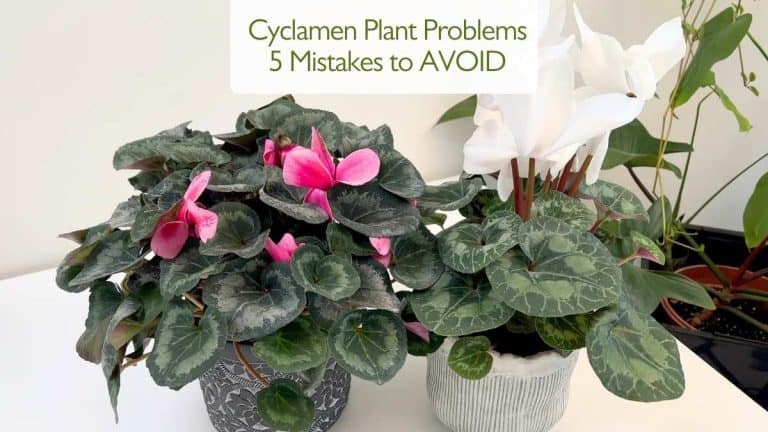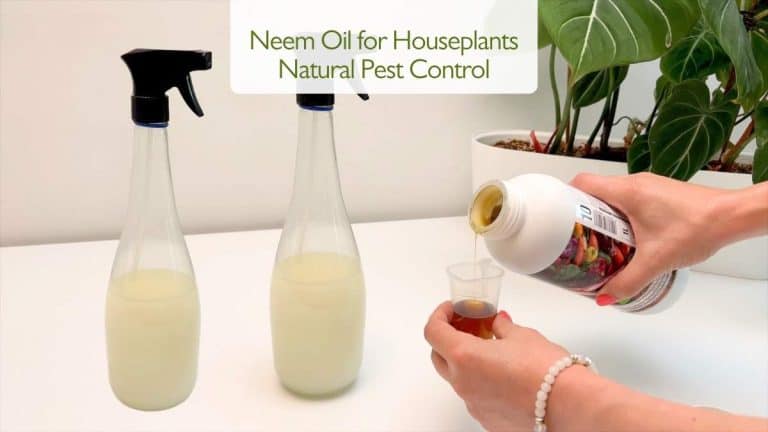ZZ Plant Problems: 5 Common Mistakes and How to Fix Them
Struggling with ZZ plant problems and not sure what’s holding your Zamioculcas back from perfection? You’re not alone—many plant parents unknowingly make the same five costly mistakes. From hidden watering traps to lighting blunders, this guide uncovers the exact errors that stunt your ZZ’s growth and shows you how to fix them—plus insider hacks for rock‑solid leaves and rapid, fuss‑free vigor. Ready to transform your ZZ into a glossy, upright showpiece? Read on!
For a visual walkthrough and more in‑depth tips, I suggest you watch my video below:
Click here to watch the video on YouTube
Overwatering: Leading Cause of ZZ Plant Problems
Despite their reputation for drought tolerance, ZZ plants suffer terribly when overwatered. Their potato‑like rhizomes store moisture, so soggy soil quickly leads to yellow leaves, mushy stems, and root rot. To prevent these ZZ plant problems, always let the top two to three inches of soil dry out almost completely before watering. I water mine about once every three weeks, but your schedule may differ based on temperature, light, and pot size. Remember, it’s far safer to underwater than to drench—your ZZ will thank you with steady, healthy growth.
Light Extremes: Avoiding ZZ Plant Problems from Insufficient or Excessive Sun
ZZ plants tolerate low light but truly thrive in medium, indirect illumination. Too little light causes leggy stems and sparse leaves; too much direct sun scorches foliage, creating unsightly brown patches. Position your ZZ near a north‑ or east‑facing window, out of harsh afternoon rays. If natural light is limited, consider using a grow light. Signs of light‑related ZZ plant problems include pale leaves (too bright) or elongated growth (too dim), so adjust placement accordingly.

Soil and Pot Choice: Preventing ZZ Plant Problems with the Right Mix
Heavy, compacted soils and oversized pots are a recipe for disaster. ZZ plant problems like root rot and gnats flourish in moisture‑retentive mixes. Instead, use a fast‑draining cactus or succulent mix, or blend potting soil with perlite or coarse sand. When repotting, choose a container just one to two inches larger in diameter—this encourages leaf growth rather than an overdeveloped root mass and keeps moisture levels in check.
Repotting Missteps: Handling ZZ Rhizomes with Care
ZZ plant problems often arise when repotting damage injures delicate rhizomes. These underground stems should sit just beneath the soil surface. To repot safely, gently ease the root ball from its pot—cutting away the container if needed—then transfer to fresh mix without burying rhizomes too deeply. Repot only every two years or when roots clearly fill the pot. A snug but not restrictive home is best for your Zamioculcas.
For an in‑depth, step‑by‑step walkthrough on repotting, check out my article “ZZ Plant Repotting – How to Repot Your Zamioculcas?
Overfertilizing: Curbing ZZ Plant Problems from Salt Buildup
Because ZZ plants grow slowly, they require minimal feeding. Overfertilizing leads to root burn and salt accumulation, contributing to common ZZ plant problems like brown leaf tips and slowed growth. Use a diluted liquid fertilizer no more than once monthly during the spring and summer, and skip feeding entirely in winter. For an all‑natural boost, try my DIY Organic Fertilizer Recipe for Houseplants, which promotes healthy foliage without harsh chemicals.
Extra Tips to Prevent ZZ Plant Problems
Tip 1: Keep Your Leaves Spotless with Homemade Leaf Shine
Dust and grime not only dull your ZZ’s glossy foliage but also block light and reduce photosynthesis. To restore that signature shine, gently wipe each leaf with a soft, damp cloth—or for an even glossier finish, try my Homemade Leaf Shine Recipe. This simple, natural solution cleans away residue, enhances light absorption, and helps deter pests without harsh chemicals.
Tip 2: Rotate for Even, Balanced Growth
ZZ plants will lean toward their light source over time, resulting in uneven, lopsided growth. To keep your plant symmetrical and robust, make it a habit to rotate the pot 90° every time you water. This ensures all sides of the plant receive equal light exposure, encouraging uniform stem development and a fuller canopy.
Tip 3: Master Moisture Management
Consistent, appropriate watering is key to avoiding root rot and other common ZZ plant problems. If you’re looking for a foolproof watering schedule, explore my Houseplants Watering Tips guide, which covers seasonal adjustments, soil‑moisture checks, and practical tracking tools to keep all your indoor plants—ZZ included—in perfect balance.tering schedule tailored to your indoor garden.
If you’d like a complete ZZ plant care resource, don’t miss “The Complete Guide to ZZ Plant Care,” which covers everything from propagation to pest prevention.
Explore More Music for Your Plants & Stay Connected!
Check out my Playlist: Music for Plants and find the perfect tunes to help your plants and yourself thrive.
Don’t forget to visit my YouTube Channel Plant House & Garden and subscribe — your support means the world to me!
Connect with me on social media for more plant care tips and music updates: Instagram | Facebook | X | Pinterest | Reddit | TikTok
Love plants? Love music? Don’t miss out on new updates — hit subscribe and follow now to keep your plants happy and your space vibrant!







